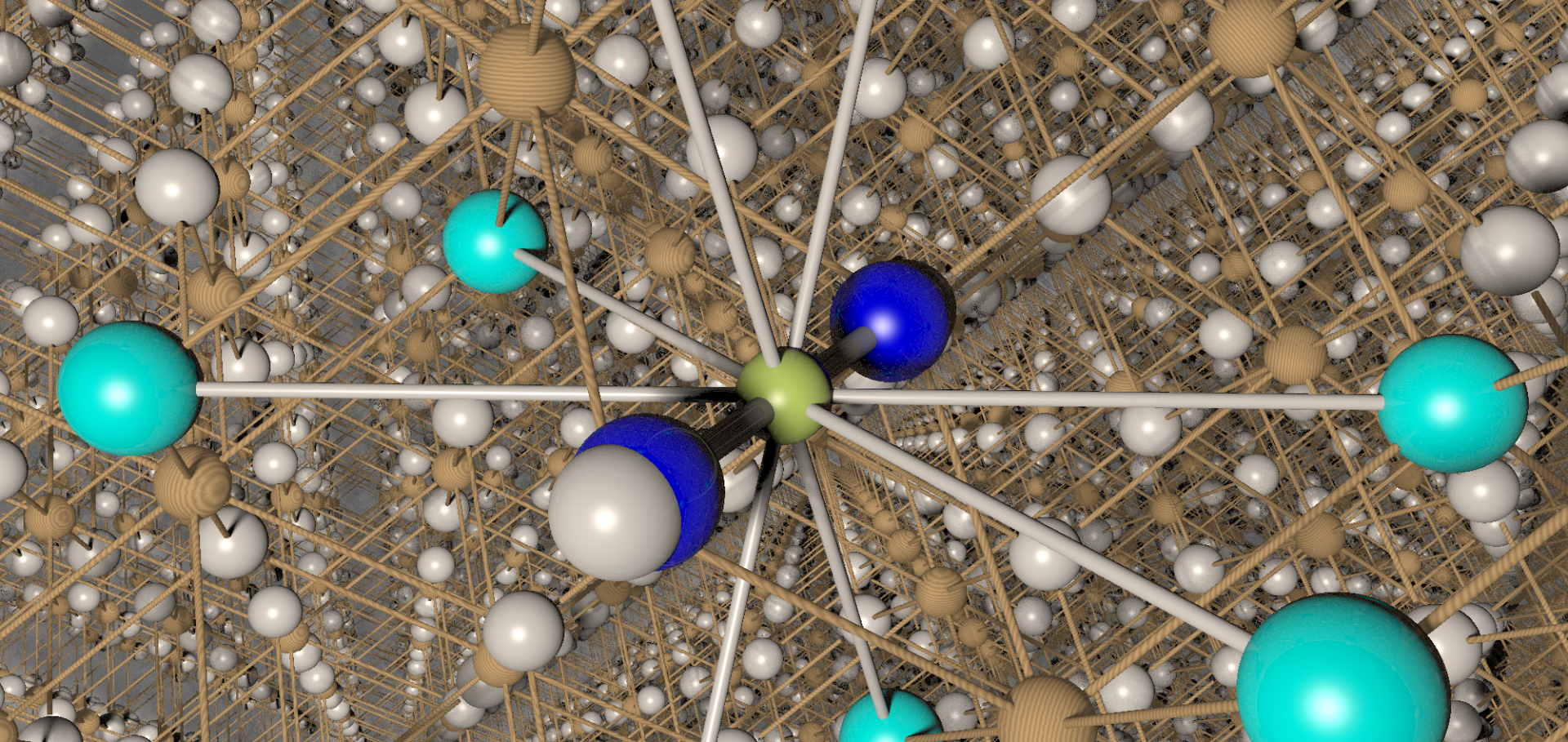Anomalous temperature evolution of the internal magnetic field distribution in the charge-ordered triangular antiferromagnet AgNiO2
(2007)
Dissipation in the superconducting state of κ- (BEDT-TTF)2 Cu (NCS)2
Physical Review B - Condensed Matter and Materials Physics 76:1 (2007)
Abstract:
We have studied the interlayer resistivity of the prototypical quasi-two-dimensional organic superconductor κ- (BEDT-TTF)2 Cu (NCS)2 as a function of temperature, current, and magnetic field, within the superconducting state. We find a region of nonzero resistivity whose properties are strongly dependent on magnetic field and current density. There is a crossover to non-Ohmic conduction below a temperature that coincides with the two-dimensional vortex solid-vortex liquid transition. We interpret the behavior in terms of a model of current- and thermally driven phase slips caused by the diffusive motion of the pancake vortices which are weakly coupled in adjacent layers, giving rise to a finite interlayer resistance. © 2007 The American Physical Society.Persistence to high temperatures of interlayer coherence in an organic superconductor.
Phys Rev Lett 99:2 (2007) 027004


